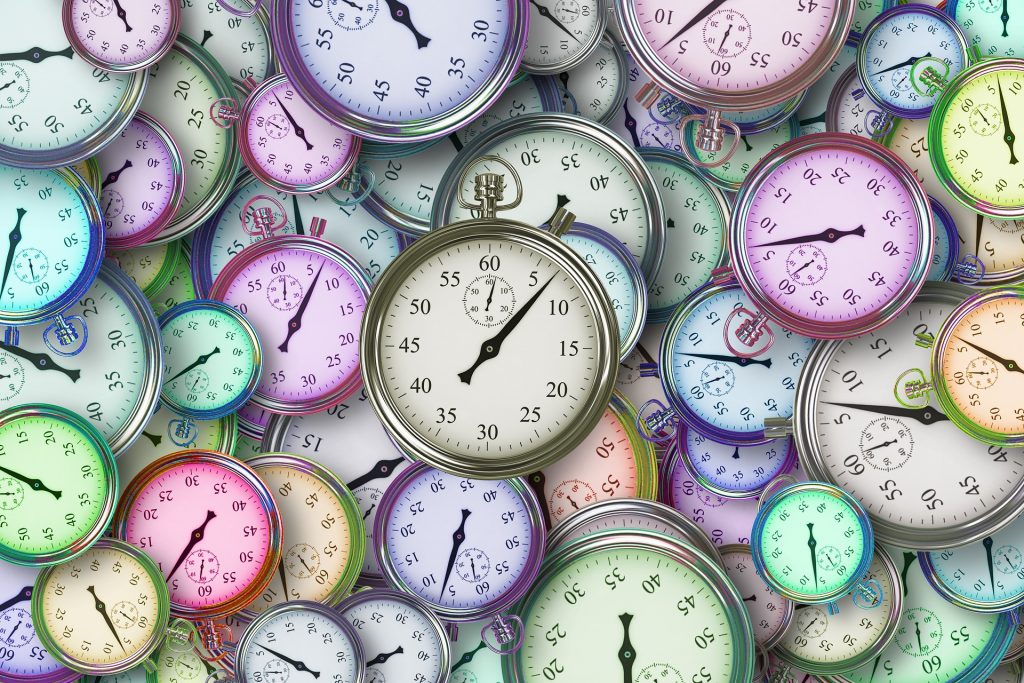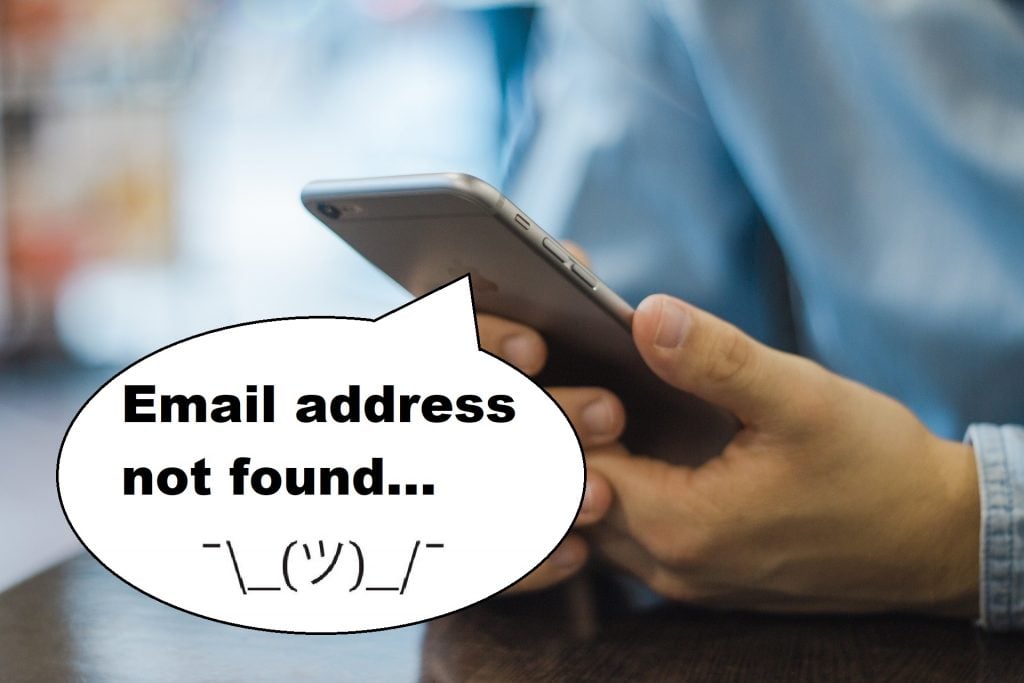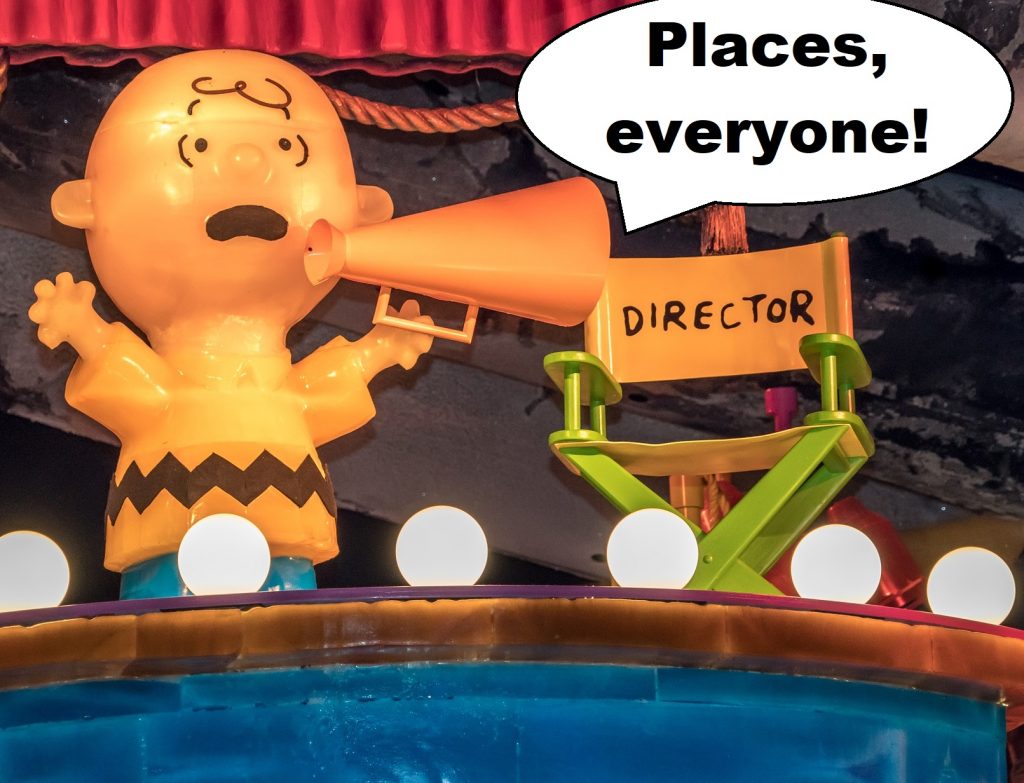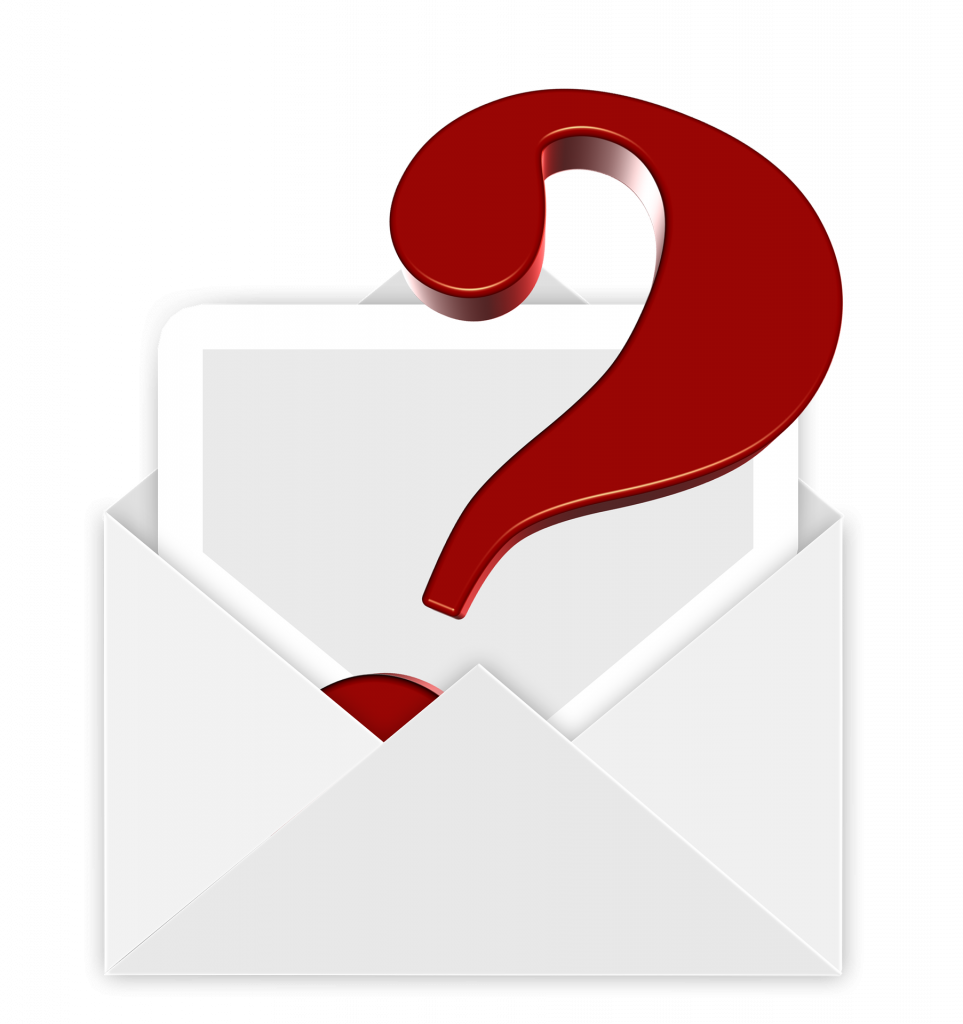I bet you’re no stranger to electronic communication. There’s a good chance that you and everyone you know are using Twitter, text messages, and Facebook Messenger almost daily.
And this is good news because it means that you’re practicing your communication skills every day.
But now you’ve entered college or the workforce and need to send a different kind of communication—an email—to someone important, be it a professor, a job recruiter, your boss, etc.
So what’s so different about emails? Purpose, tone, and style.
While your tweeting can come in handy as practice, it’s time to fine-tune your writing to a format that’s more formal than what you may be used to.
When we’re done here, you’ll know how to write a professional email. But you’ll also take away some great tips that can help your emails go the extra mile to impress your recipients with your newly sharpened communication skills.
(Need to write an actual professional letter in printed form? Head over to this post instead.)
There’s a Time and Place for Professional Communication
People might send professional emails for many reasons. Here are some common situations.
- Inquiring about college application materials
- Asking a professor for help with a particular assignment
- Signing up for a study group or writing lab appointment
- Requesting a reference letter from a colleague, former employer, or professor
- Following up a reference letter with a thank-you email
- Sending a cover letter to a potential employer
- Resigning from a work or volunteer position
- Reaching out to clients or vendors
- Communicating with coworkers about work-related items
No matter which of the above you might be writing (or if you have another communication goal to accomplish), there are rules to follow in order to write a successful professional email.
How to Write a Professional Email: Looking the Part
First impressions are everything, and the same holds true for professional emails.
When others meet you for the first time in a professional setting, they first see the way you dress and act before you exchange any words. When you send an email, the first two things that your recipient sees are typically your name and email address.
For this reason, it’s extremely important that your email address doesn’t come anywhere close to resembling cheesyspaceshipcat5000@*****.com. Even if you’ve had a fun email address since middle school that you still really love, ditch it when writing as a professional.
Using key identifiers, such as elements of your first and last name, is typically the best way to go. This kind of email address will make the recipient equate it with your name, and you can use it for a long time for multiple purposes.
Here are some examples:
- bobbelcher@*****.com
- belcherbob@*****.com
- bbelcher99@*****.com
- robert_belcher_jr@*****.com
Note that while your name is probably already used in an email address in some fashion, there are some simple tricks you can do to keep your name in the mix. Try changing the order of first and last name or using initials or significant numbers. Special characters such as periods or underscores can also work.
If you’re already attending college or working at a business where you were assigned an email address, use this address for your professional communication.
One caveat about college email addresses
Keep in mind that your college email address will probably be disabled when you leave school. While it’s great for communicating with your professors and classmates, it isn’t the best choice for reaching out to future employers who may contact you after graduation.
When it comes to your name, this one should be pretty obvious, but double-check your email settings or preferences to make sure that your first and last names have been saved correctly in the program.
You don’t want your recipients to see your name misspelled when you reach out to them, and you want them to be able to identify you right away in future correspondence.
How to Write a Professional Email: Acting the Part
Your average tweet is made up of language that looks like it’s on vacation. There may be misspellings, emojis, hashtags, slang, incomplete sentences, improper capitalization of letters, and so on.
None of these should be included in a professional email if you want to be taken seriously.
Essentially, social media communication doesn’t care much about grammar and style, but the language in your professional emails should be much more sophisticated.
This doesn’t mean that your emails must be completely void of personality, but when you think about how to write a professional email, you should always ask yourself the following questions:
- Will my language make the recipient take me seriously?
- What is the purpose of this email, and have I made this clear?
- Did I check my writing for grammar and logic mistakes?
In a nutshell, you want to write clear and concise sentences that get to the point. Be polite, not demanding, and be sure to say “please” and “thank you” if you’re asking something of the recipient. Make sure you keep it brief (nobody wants to read an email novel), and stay on topic.
If you think that what you’re writing about warrants deeper discussion than an email can accomplish, don’t be afraid to—politely—ask the recipient for a meeting or phone call.
Email Formatting: Get the Details Right
Now it’s time to talk about the structure of your email. Follow the steps for each of the items detailed below, and you’ll be well on your way to wowing your recipients with your professionalism.
What to put on the recipient line (and when)
What’s so difficult about this one, right? You just send your email to the desired address! While this is true, it’s a good practice to save this step for last. You never want to accidentally hit “Send” on an email that’s only half-finished.
You also want to double-check that you’re absolutely sending it to the right person every time. Email misdelivery is problematic not only because your recipient doesn’t receive your message in time, but also because it creates security risks if you’re sending sensitive information.
Always check the email address before sending—don’t always trust the saved names in your contacts, as similar names can get mixed up easily.
What to put in the subject line
Short and sweet is the name of the game here. Your subject line should typically be just a few words long and be capitalized like a title. Here’s where you tell your recipient your specific purpose for writing:
- Letter of Recommendation Request
- Front Desk Position Application
- Thank You
How to write a professional greeting/salutation
The greeting is an expected courtesy of professional writing. Just as in a letter, you should start this out with “Dear” and then the person’s title and last name. If you’re familiar with the recipient, using a first name is fine, but don’t use this otherwise.
Other greetings, such as “Good afternoon” and “Hello,” can work, but are best saved for those with whom you’ve previously corresponded. Avoid “Hi” and any other colloquial greetings.
“Whatup” is not an option.
If you don’t know the recipient personally, doing your research goes a long way and shows initiative. Make sure that you spell the person’s name correctly. You also don’t want to assume one’s gender or marital status, so sticking with a title, such as “Professor,” is best.
If you’ve done your research and are still not sure about the person’s title, using both a first and last name is fine.
- Dear Professor Trelawney,
- Good afternoon, Natalia Romanova,
How to add a “human touch” (optional but nice)
If it’s the first time you’re emailing someone or if you haven’t communicated for an extended period, adding a quick pleasantry is often a nice touch before diving into the body of your email.
- I hope this email finds you well.
- Thank you for meeting with me last week.
- I hope you had a pleasant weekend.
What to include in the body of a professional email
While this should be a brief message (no more than a paragraph or two), there are some things you will need to include to have a rock-solid email that uses formal language.
Include the details below in the following order:
Who you are/your connection to the recipient
This gives the recipient some immediate context as to why you’re writing. Your professor, for example, teaches multiple classes and students. This is when you tell the professor what specific class you’re in.
If you’ve never met the recipient, then skip to the next step.
Your purpose for writing
This part of the email is the most important. You should be able to convey your purpose within one or two sentences. Anything longer than that, and the purpose will probably become unclear.
So why are you writing the recipient?
- I am interested in taking your Composition 201 class next semester.
- I am writing to inquire about web developer opportunities within your company.
- Please consider my application for the Staff Member position at Cloud City Ltd.
- I am having trouble with the rebuttal section of the argument essay.
Notice how all of these examples state a specific action or goal. This is what you want to do when thinking about how to write a professional email, every time.
The details and justification
Why do you want to take that class or get that job? What part of the essay are you having trouble with and why?
This is the part where you explain this, but be careful not to go into too much detail. Limit this to one or two sentences to keep your recipient’s attention.
- I have graduated from Hoth University with a BS in Web Development and have experience designing commercial websites.
- The arguments I can find against my thesis don’t seem very valid, so I’m worried that the rebuttal section will be too weak.
Call to action
Follow the details/justification with a call to action. What results are you hoping to achieve, or what action would you like the person to take? Let your recipient know in a single sentence.
- If you have any openings, please let me know.
- Can you please help me understand what I should do to make my rebuttal section stronger?
Gratitude line
Express thanks for the recipient’s time before writing your closure. This shows that you respect and appreciate the recipient’s time and efforts in helping you with your call to action.
- Thank you for your time and consideration.
- I appreciate your help with this assignment.
Closing
Here is where you write a “sign-off” phrase and your name.
Best,
Brock Samson
Sincerely,
Patty Mayo
Avoid “cute” or informal sign-offs such as “Cheers,” especially if you don’t know the person.
The finished product
This is what it looks like when we put it all together:
Dear Professor Trelawney,
I hope you had a pleasant weekend.
I am in your English 201 Class, Section C. I am having trouble with the rebuttal section of the argument essay. The arguments I can find against my thesis don’t seem very valid, so I’m worried that the rebuttal section will be too weak. Can you please help me understand what I should do to make my rebuttal section stronger?
I appreciate your help with this assignment.
Sincerely,
Brock Samson
How to Write a Professional Email: Other Important Elements
Now that you have the gist of how to write a professional email, there are some other important items to know about before moving forward.
When to use CC and BCC
You see these in your email app any time you want to compose a message, but maybe you’ve never had to use them. So what are they?
Cc means “carbon copy” and is used when you want to “copy” or add others to the message publicly. This is used a lot in the business world when you’re sending an email to someone, but other people need to be involved, such as when working on a collaborative project. It’s also useful when doing a group project for a class.
If you’re addressing just one person but need to keep others in the loop, use Cc. It’s also a good idea to let the recipient know the reason you’re copying the others.
Hello T’Challa,
I’m copying Tony, Steve, and Bruce as they will be involved on this project as well.
Bcc means “blind carbon copy” and is used when you want to add others to the message privately. This isn’t used very often unless you’re sending the same information, such as directions to an event, to many recipients who don’t necessarily know each other.
Unless absolutely necessary, avoid using Bcc at work because it’s rude to let recipients think they are the only recipient of a message that has been sent to multiple people.
How to send a follow-up email
Because most of us have smartphones that are constantly connected to the internet, we’re used to getting message replies very quickly. However, don’t expect this to always be the case with emails. It’s not uncommon for an email to go unanswered for hours or even a day or two.
But that doesn’t mean you can’t reach out again, especially if your email was about something important like a job interview or a question on an assignment.
Wait a couple of days to send your follow-up. Any quicker, and you risk pestering the recipient. Any longer, and your window of opportunity to achieve your desired result shrinks.
Here’s a great guide on how to follow up after a job interview with etiquette tips that can work in most any follow-up situation.
What to keep in mind while replying to professional emails
To appear professional, you also need to be timely. Even if other people take too long to answer emails, you don’t want to adopt this bad habit. But you definitely have other important things to accomplish during your day, so don’t feel obligated to immediately respond to all emails.
The best approach is to check your emails regularly and set aside a specific time each day to answer them as needed. This will help you stay on task while allowing you the time to craft thoughtful and carefully worded messages.
When responding, note the tone of the person who sent you the email. Is it as formal as the one you sent? If so, then maintain that tone. Either way, you’ll want to keep being straightforward and concise in your writing.
That said, email replies are just a continuation of the conversation, so you won’t need to include the greeting or “human touch” because this part of the conversation has already happened.
However, you should always include a closing with a sign-off and your name, just as a professional courtesy. That is, unless it’s just a quick exchange between colleagues that has already gone on for several messages—this doesn’t require so much formality.
How to add a signature and contact info
You can make your email look even more professional by adding a signature. Here’s how.
When you start looking for job opportunities and enter the workforce, including your contact information is common and often expected. When job-hunting, use your personal contact information. When you’re already a part of an organization, use your business contact information.
Add this information after your closing and signature in the following format:
Printed First and Last Name
Job Title (If applicable)
Name of Company (If applicable)
Address
Phone number
Email address
Website (If applicable)
Forging Ahead with Professional Emails
Now you know all about how to write a professional email, so get out there and get some practice! Here are some extra do’s and don’ts when it comes to email etiquette that can help you further.
Either way, those professional emails will help you when it comes to building positive relationships with professors, colleagues, bosses, and other professional contacts.
And this type of writing is also meant to help you achieve your goals—to get into a good school, land a job interview, and communicate effectively with others in your field.
Because these emails can make all the difference in how others view your ability to be professional, make sure your writing is top-notch by having one of our talented Kibin editors review your professional communications.






